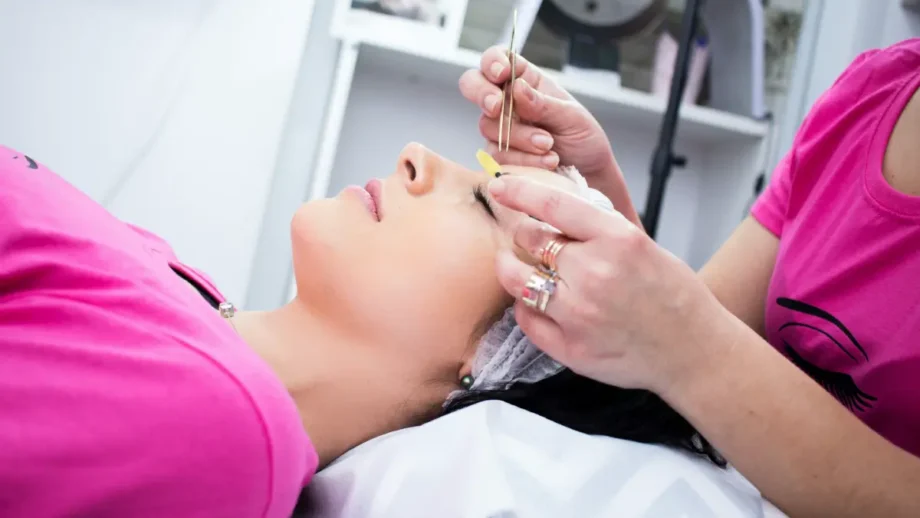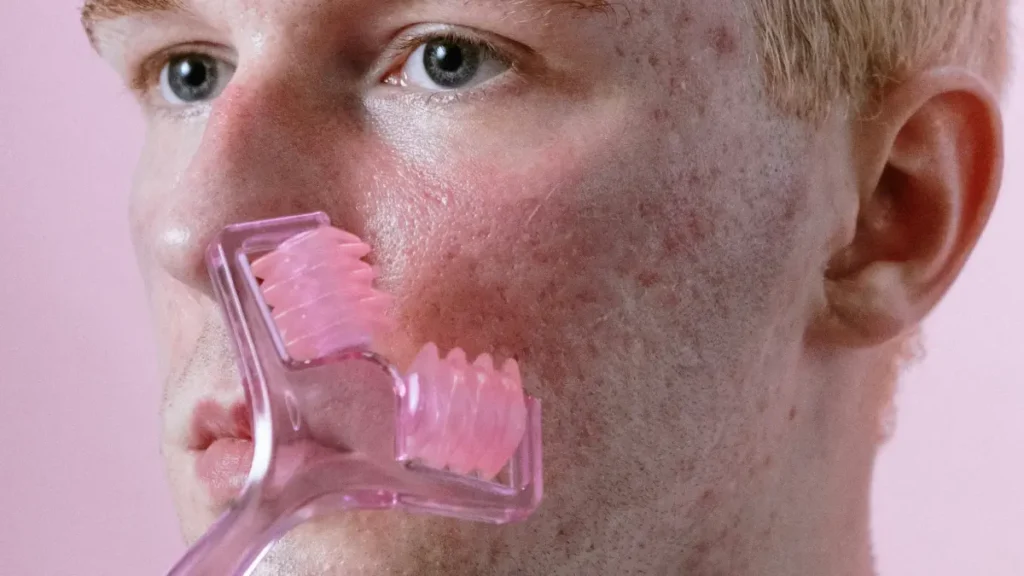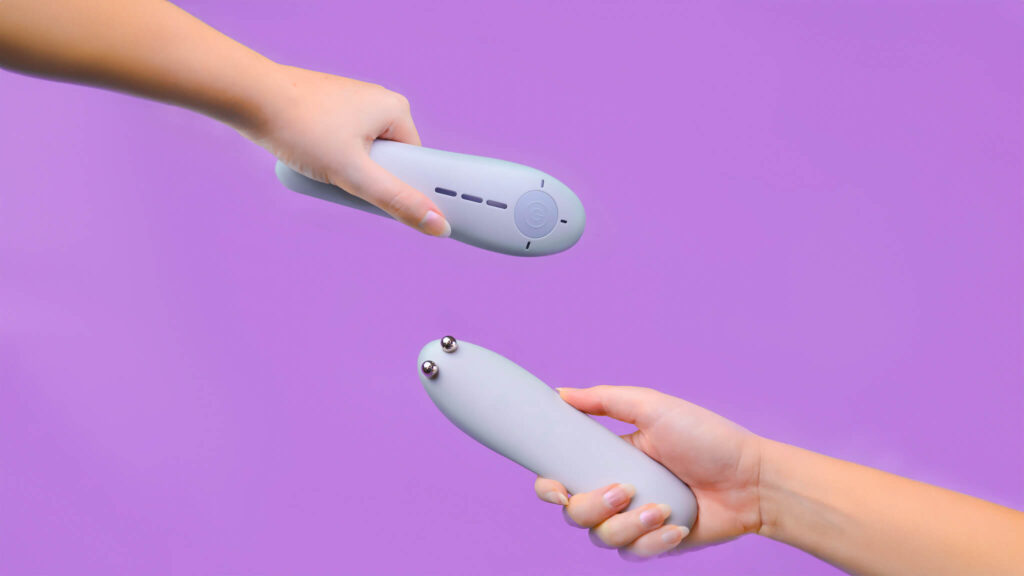Microcurrent facials have been one of the biggest beauty trends in recent years, often dubbed the “non-surgical facelift” for their ability to lift, tone, and tighten the skin. But with so many at-home devices and spa treatments out there, it’s natural to wonder — do dermatologists actually recommend microcurrent? Let’s break it down.
What Is Microcurrent, Exactly?
Microcurrent technology uses low-level electrical currents that mimic the body’s natural bioelectricity. These tiny currents stimulate facial muscles and skin cells, encouraging collagen and elastin production while improving muscle tone and skin texture. It’s completely non-invasive and painless — most people only feel a gentle tingling or nothing at all.
What Do Dermatologists Say?
Many dermatologists acknowledge microcurrent’s benefits, especially as a complementary treatment for anti-aging. While not every dermatologist will actively recommend at-home devices, those familiar with the technology often agree that microcurrent can improve skin firmness, boost circulation, and give the face a lifted, more sculpted appearance over time.
Dr. Dendy Engelman, a well-known board-certified dermatologist, has spoken about microcurrent in interviews, noting its potential to enhance facial contours and support skin health when used consistently. Similarly, many dermatology clinics and medspas now offer professional microcurrent facials as part of their treatment menus.
That said, dermatologists typically emphasize a few key things:
- Consistency is crucial. Microcurrent results are cumulative — it works best when used regularly.
- It’s most effective for mild to moderate signs of aging. Microcurrent won’t replace injectables or surgery but can delay the need for more invasive options.
- Always pair it with good skincare. Microcurrent can enhance absorption of serums and treatments but isn’t a substitute for sun protection, hydration, and a solid skincare routine.
Is Microcurrent Safe for Everyone?
For most people, yes. Microcurrent is considered very safe when used according to device instructions. However, dermatologists advise avoiding microcurrent treatments if you have certain medical conditions like pacemakers, epilepsy, or are pregnant. It’s always best to check with a healthcare provider before starting any new skincare device if you have concerns.
Should You Try It?
If you’re looking for a non-invasive, needle-free way to tone and lift your face, microcurrent is absolutely worth considering — and dermatologists increasingly support it as a helpful addition to at-home skincare routines. Devices like Myotone offer easy-to-use, professional-quality microcurrent treatments you can do from the comfort of your own home, making it accessible to more people than ever.
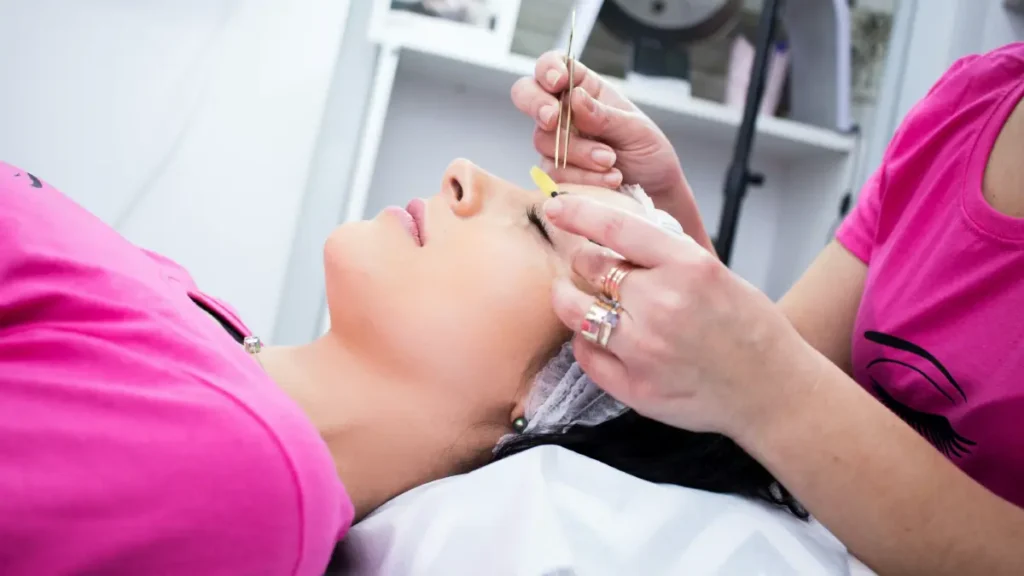
This article is brought to you by
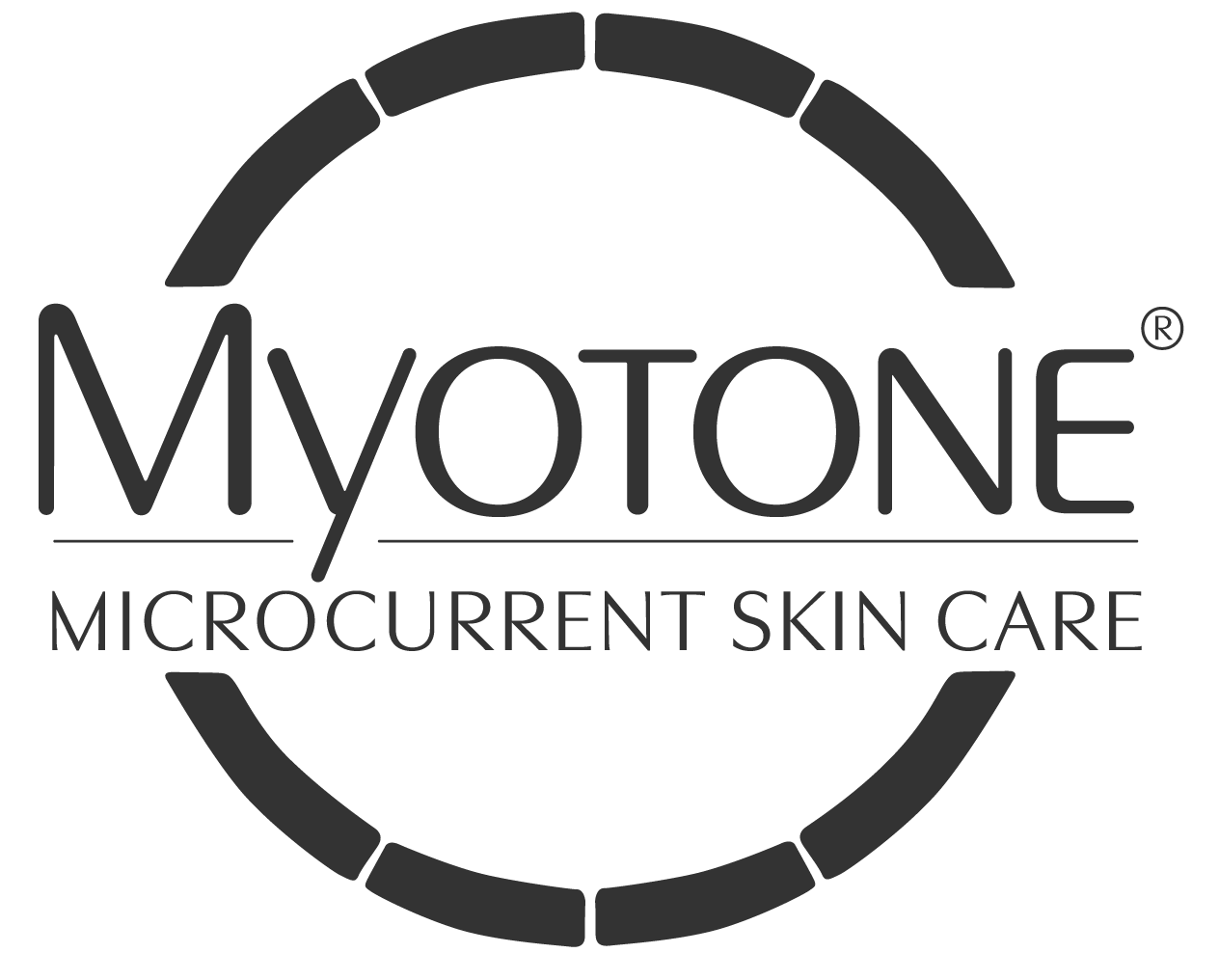
Learn More ⭢
